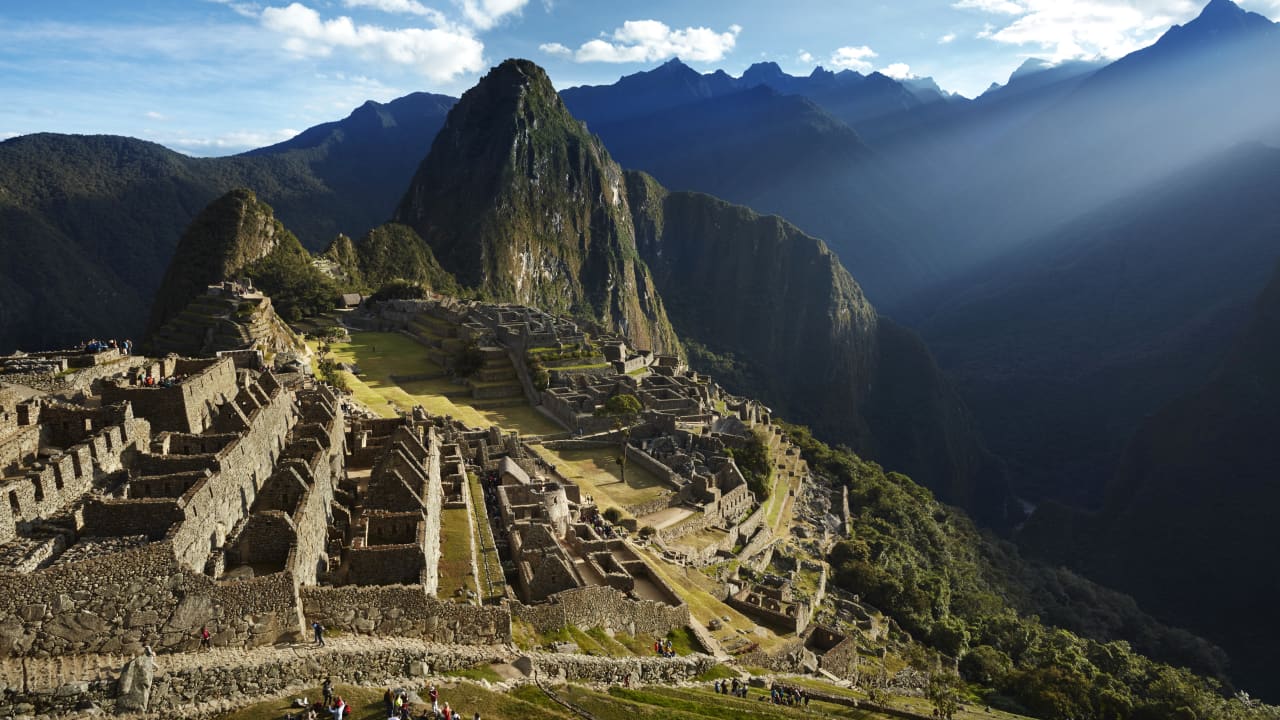
Machu Picchu at first light
Sanctuary Lodge, A Belmond Hotel, Machu Picchu

Sanctuary Lodge, A Belmond Hotel, Machu Picchu

Hotel Cipriani, A Belmond Hotel, Venice
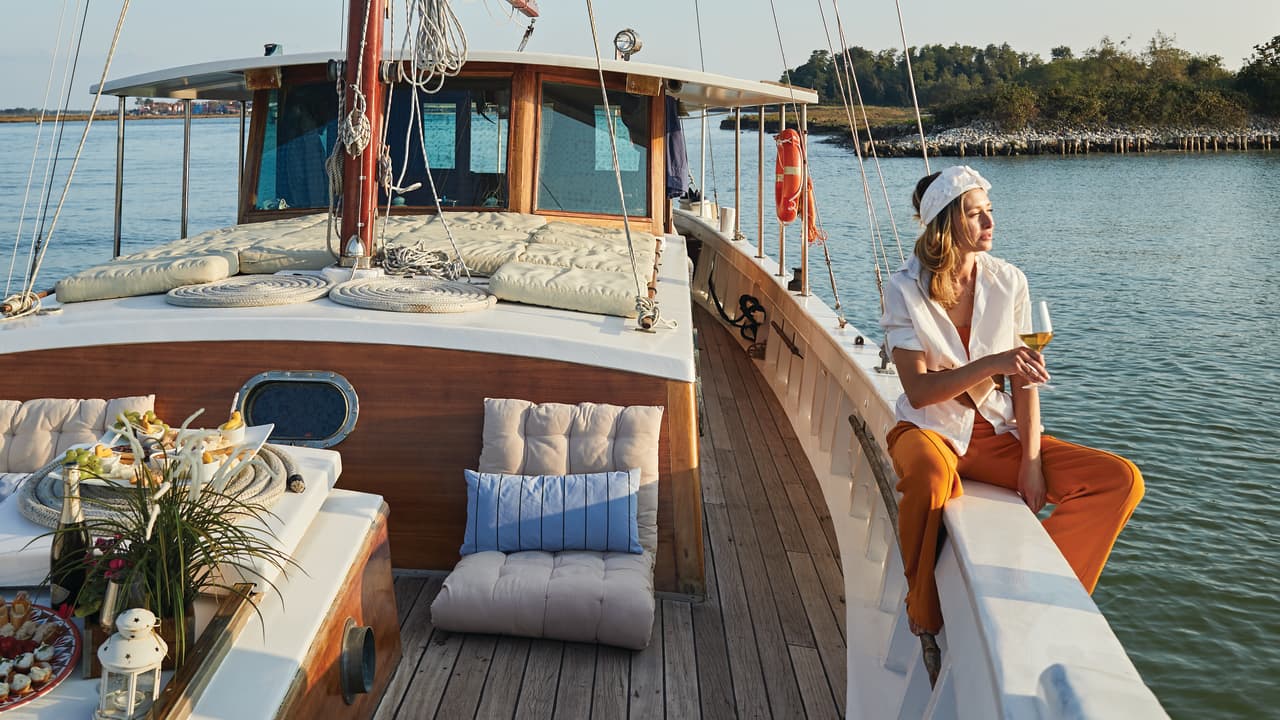
Hotel Cipriani, A Belmond Hotel, Venice
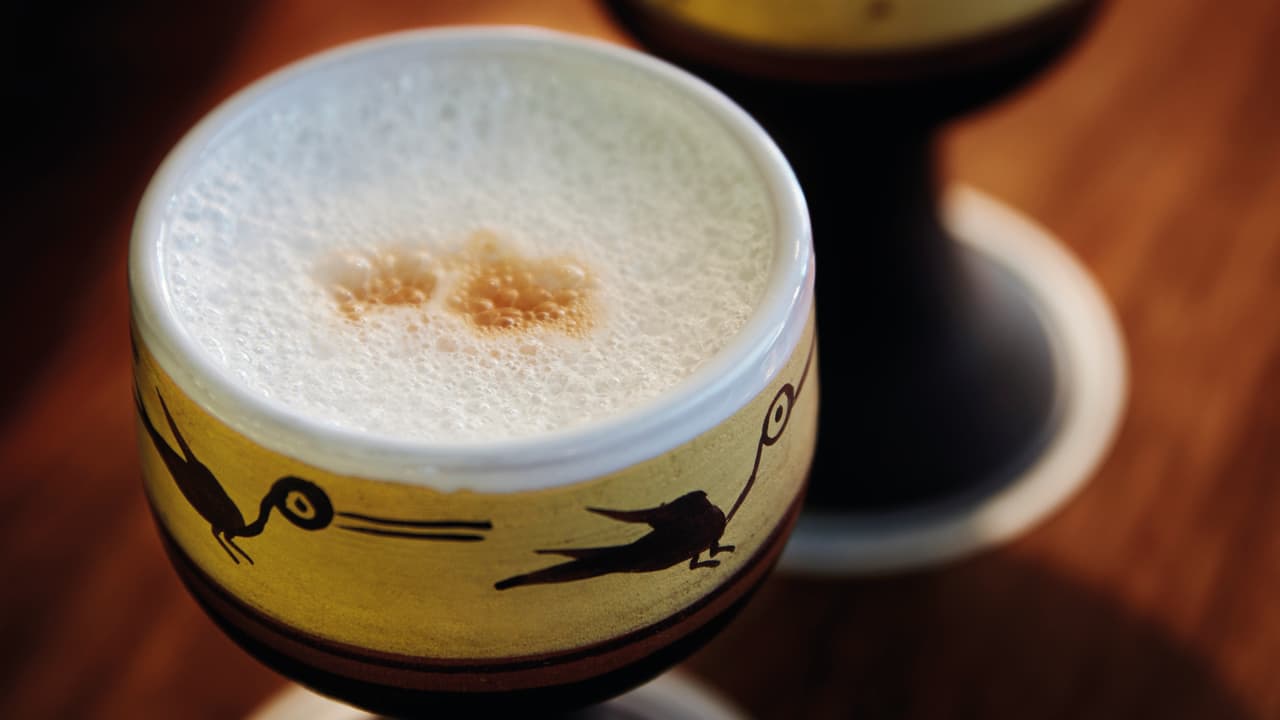
Monasterio, A Belmond Hotel, Cusco
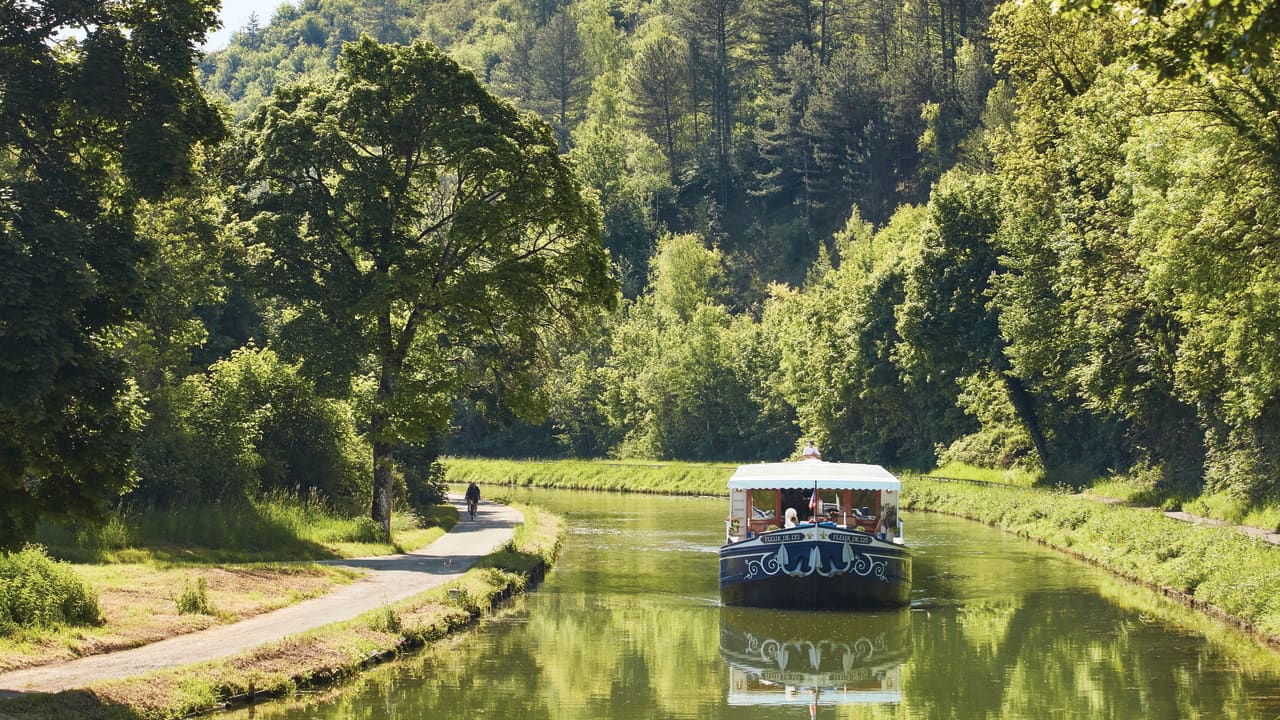
Les Bateaux Belmond, France
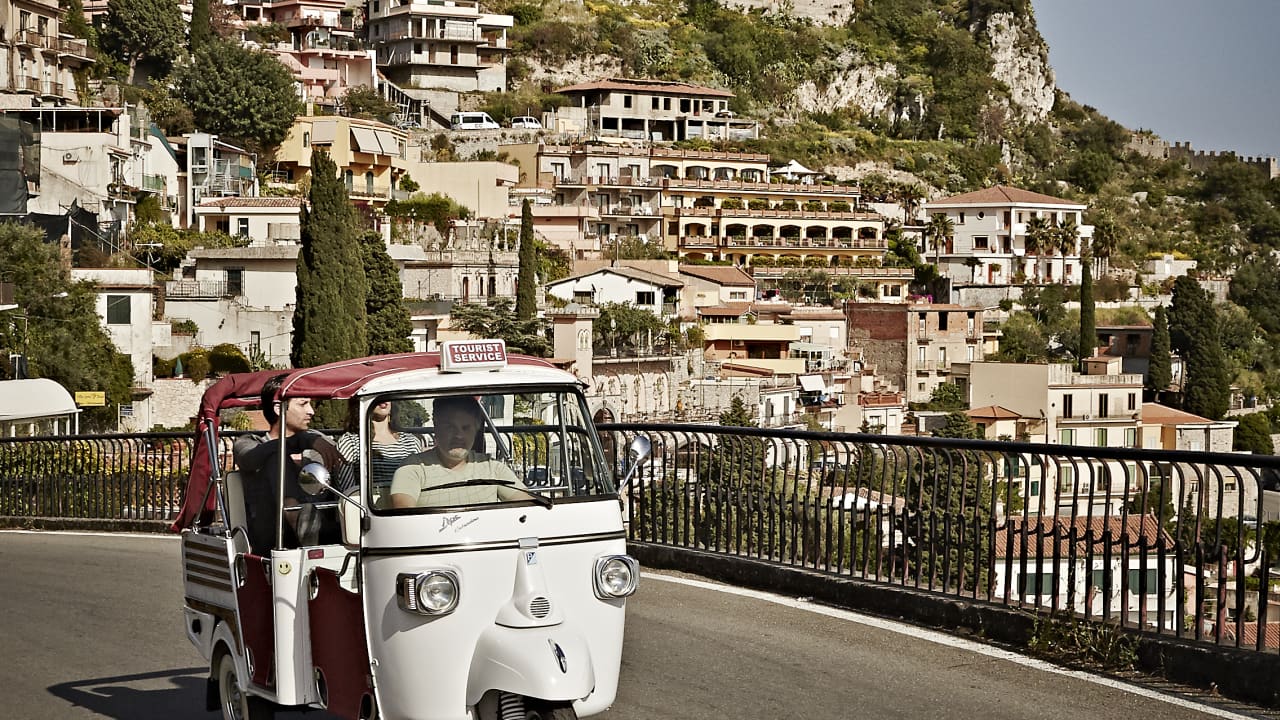
Grand Hotel Timeo, A Belmond Hotel, Taormina
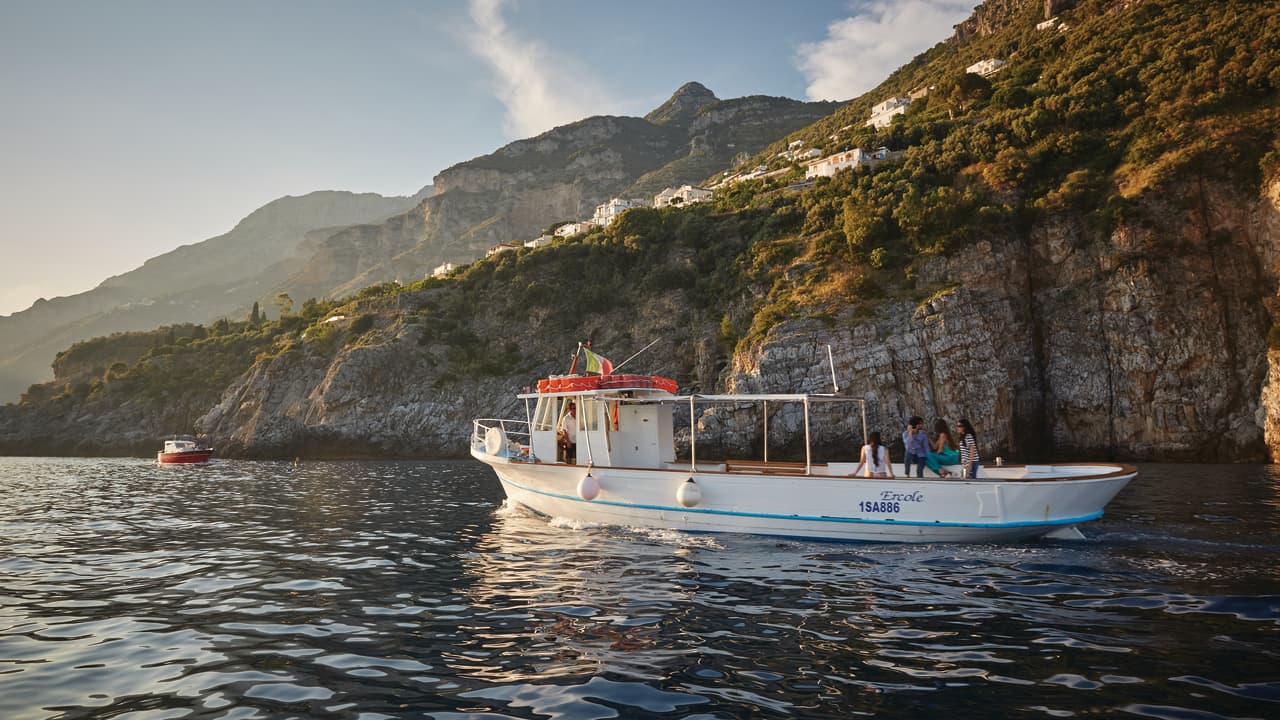
Caruso, A Belmond Hotel, Amalfi Coast
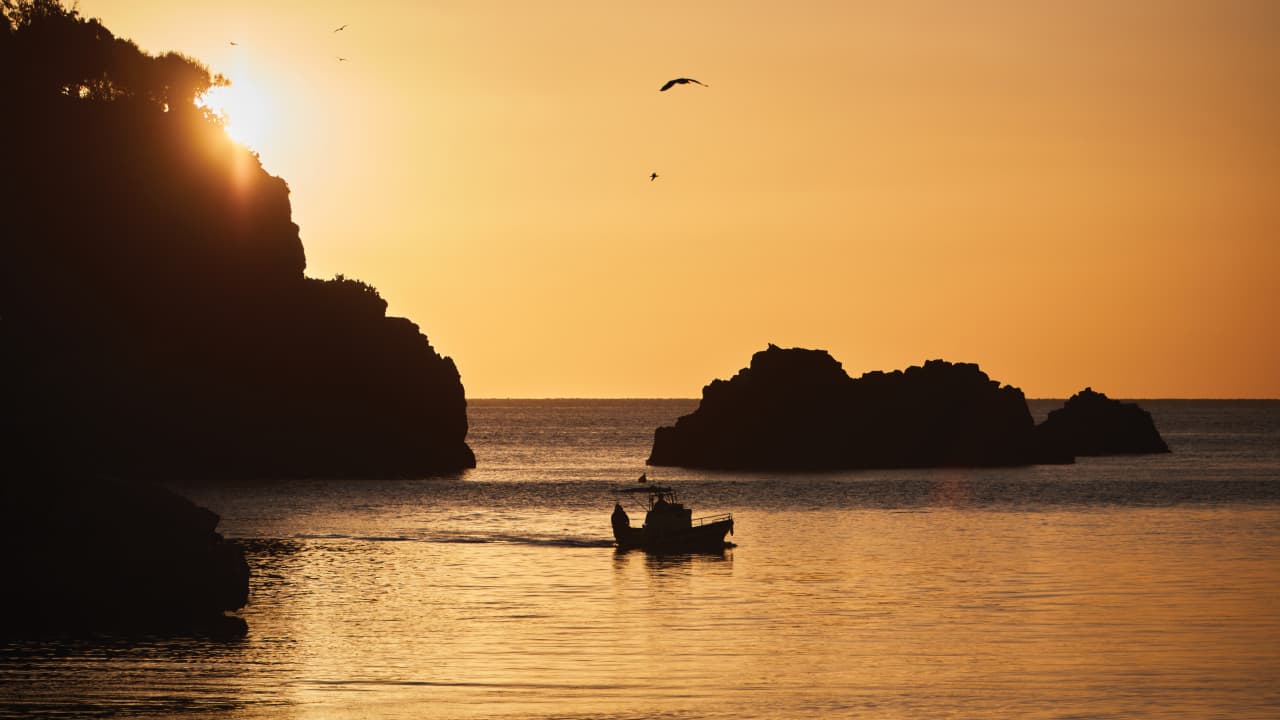
Villa Sant'Andrea, A Belmond Hotel, Taormina Mare

Savute Elephant Lodge, A Belmond Hotel, Botswana